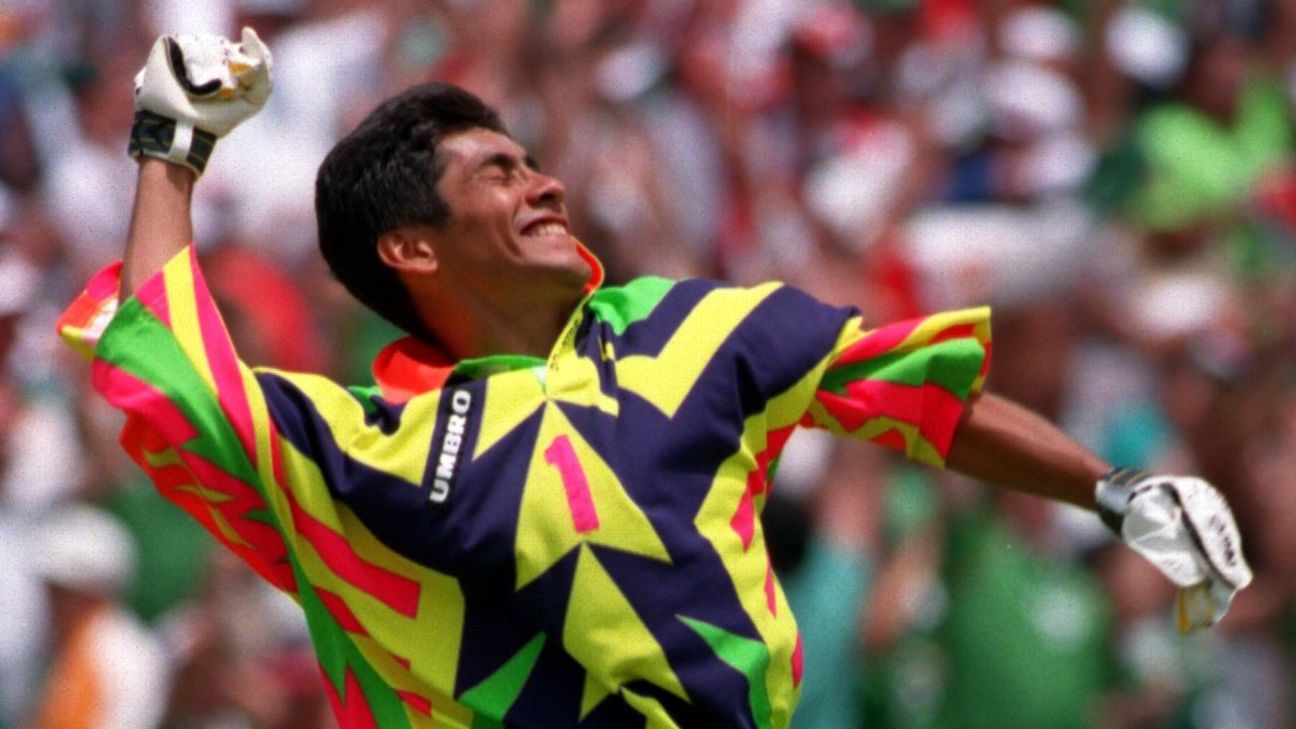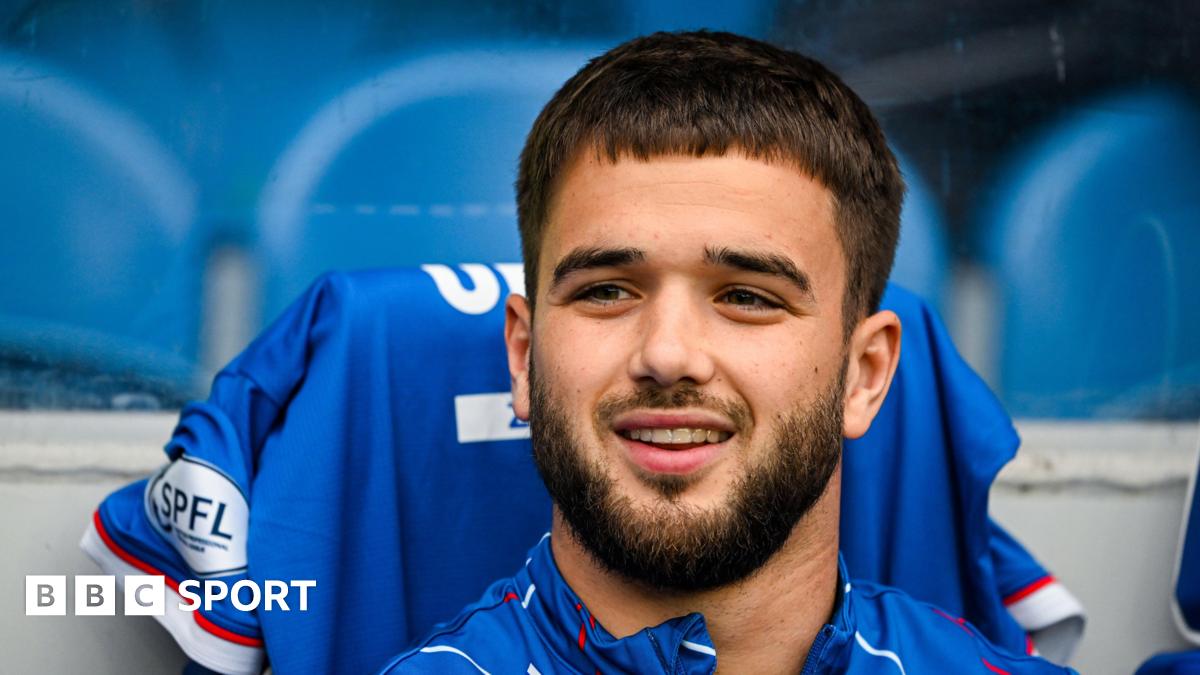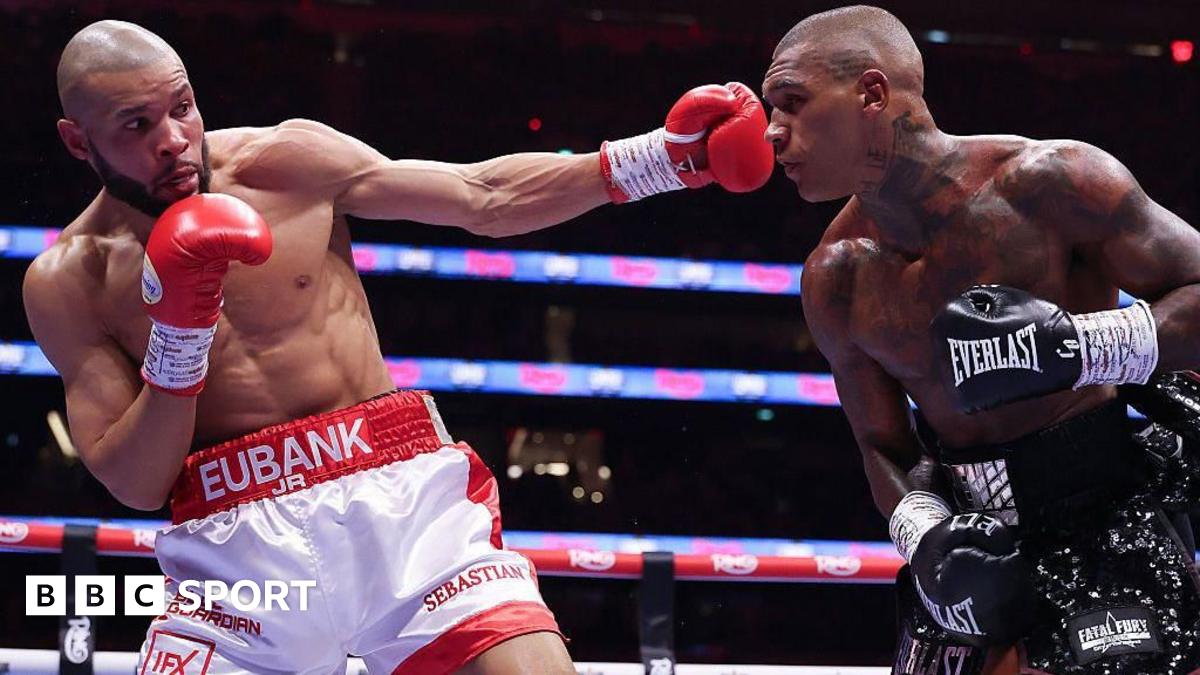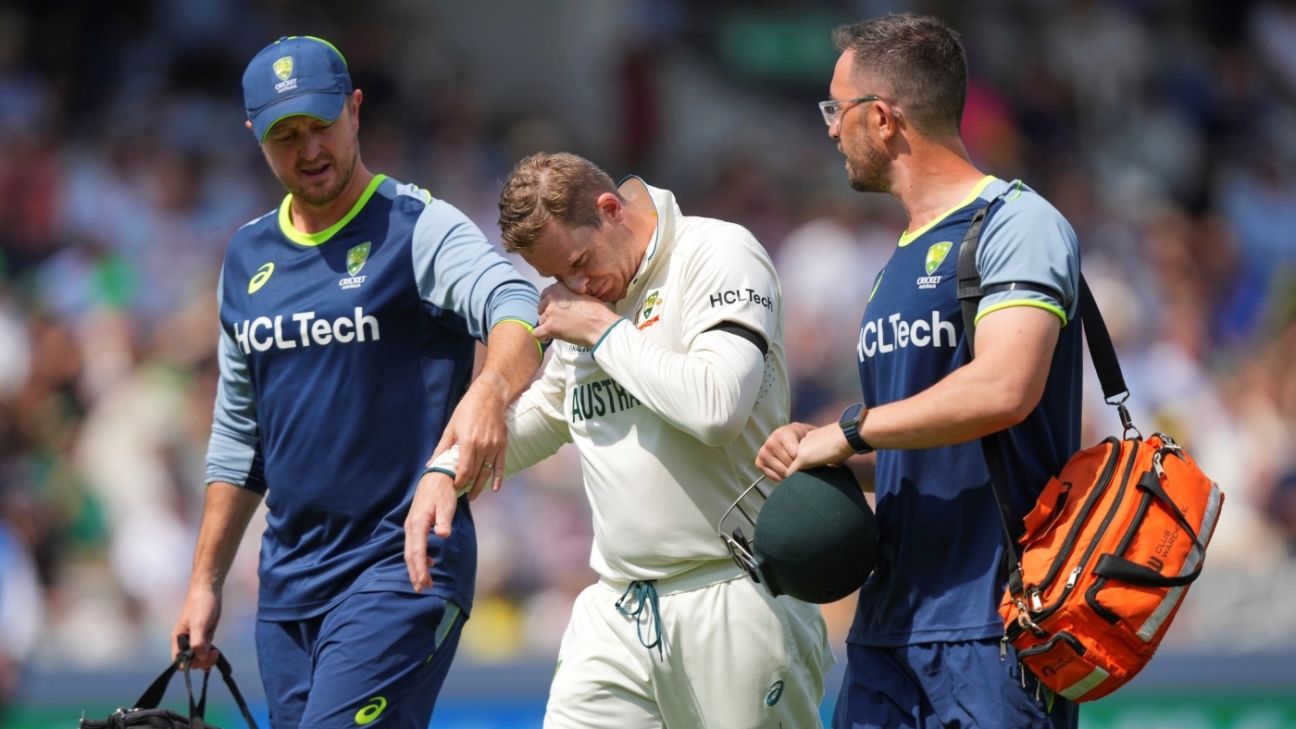For anyone watching an edition of the FIFA World Cup, Concacaf Gold Cup or Copa América throughout the 1990s, Mexico goalkeeper Jorge Campos stood out for two reasons: his extravagant style of play and his colorful, cutting-edge kits.
Campos gained global fame for the custom-made uniforms he wore over the course of his 13-year, 129-cap career with El Tri and at clubs in Liga MX and MLS.
The Acapulco native was ahead of his time both on and off the field with the spectacular way he played in goal or on the attack, and the jerseys that combined his passion for surfing with soccer.
“I always liked the design side of things, the marketing, and it all happened very naturally,” Campos told Bolavip Mexico. “I never looked for something different. I wanted to feel comfortable, to wear something I liked and that reminded me of surfing in Acapulco, on the beach.”
Where did the colorful designs of Campos’ kits come from? ESPN spoke to Daniel Ríos, who founded the Aca Sport apparel brand, to tell the story of the company responsible for the legendary goalkeeper’s unique look.
Neon meant for someone else
Though Ríos was the co-creator of the flashy uniforms Campos would ultimately make famous, the first flamboyant design was meant to be worn by another goalkeeper playing at the time.
“My best card at the time was Adrián Chávez, since he was a goalkeeper for Club América, and I designed a uniform for him with just neon stitched on,” Ríos told ESPN. “I arrived at the Coapa training ground and showed him the garments but he’s like, ‘Uh, no sir. They’re going to laugh at me. I can’t wear that!'”
This was not a problem for Ríos, who made changes to Chávez’s uniform and then headed off to Pumas, where Campos was on his first of three stints with the club.
“I showed Jorge Campos apparel which was not at all fluorescent,” Ríos said. “He saw in my suitcase that I had other garments in neon, so he took them out and said, ‘I’ll wear them.’ That was the beginning of neon with Jorge Campos. Basically pink, yellow and orange.”

Campos then partnered with Ríos to create more customized designs, including what became his trademark pattern. The goalkeeper enquired about adding diamond shapes to the jersey.
“So then I started designing in Acapulco and we came up with the first uniform, which only had diamonds on the chest,” Ríos said. “It looked horrible, to be honest.”
“When I saw Jorge Campos here in Acapulco, we took the opportunity to take the first photos with that jersey, still with a higher collar, which wasn’t what we did with it later on.”
Thus began Ríos’ “titanic task” of providing Campos with two or three kit designs so as not to repeat a look — all of which needed the approval of the goalkeeper whose star was rising fast.
“The raised collar is classic Campos,” Ríos said. “We had to make one with the interior lining that keeps shirts intact, and we used a much stronger material so that the collar would never collapse.”
Beneath the collar of every jersey was the word “surfer” with a little palm tree. One sleeve of the sweater said “Acapulco” and the other “Campos.” As for the bottom half, Ríos credits Campos — who wasn’t a fan of traditional goalkeeper shorts — with conceiving a padded tennis model that included side pockets fastened with Velcro.
The work involved in dressing Campos was tedious and complicated, but it paid off for Ríos.
“It was difficult to find a uniform for Jorge Campos for every game, but obviously his fame grew and it became our calling card,” he said. “What he needed was done. That’s how the brand was consolidated.”
The craftsmanship behind Campos’ ’90s kits made the look unique, but it wasn’t without quirks.
“It was all stitched on. Jorge Campos would always mention the weight of the kit, especially when it was wet,” Ríos said. “Back then, not just anyone could carry a uniform like that. Nowadays, we have new techniques; sublimation printing came along and did away with appliqués.
“Before, it was piece by piece. It was a pain.”
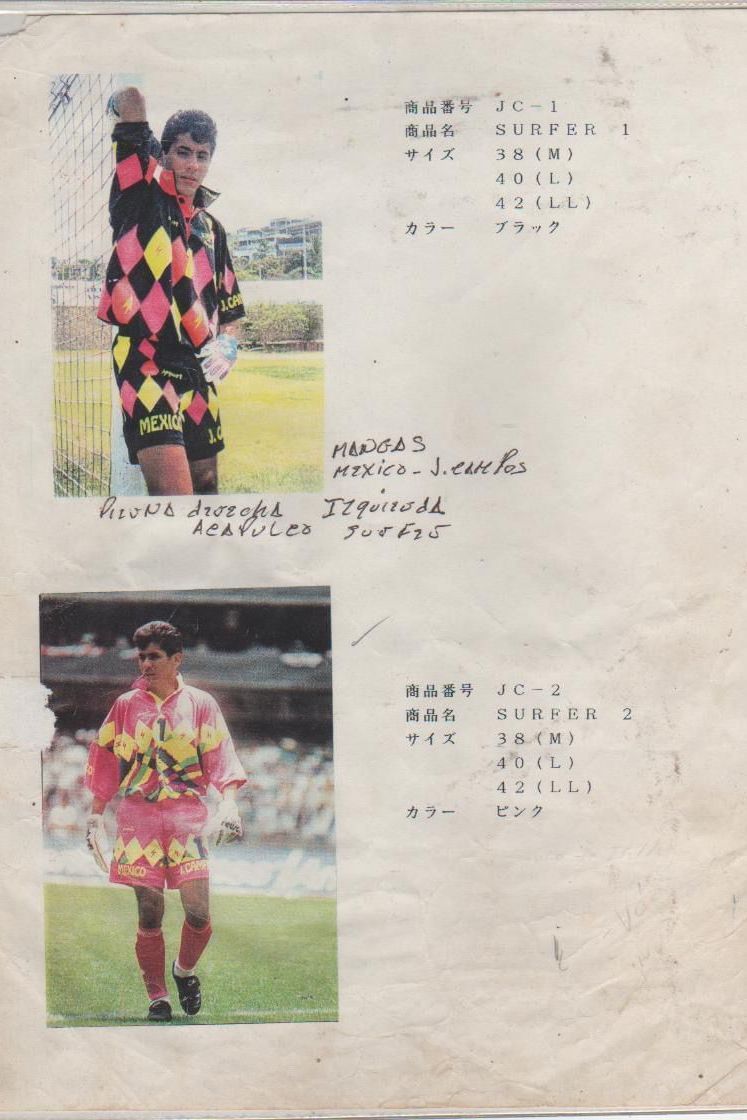
The brand that Campos took to the top
Ríos founded Aca Sport during the mid-1980s in the Mexican state of Guerrero. In the beginning, it was a single workshop located in the basement of the Hotel Miami — a quiet bystander in the growth, decline and rebirth of the family-run company.
It was the need for better kits in the Mexican Pacific region that motivated Ríos to start what would grow into a global brand. Around 1985, he couldn’t find kits he liked in Acapulco for the amateur soccer team that he sponsored, so he instead outsourced them under his own brand. When those products weren’t made to his satisfaction, he had the idea of setting up his own workshop.
“The workshop was located here in Acapulco on the premises of a family hotel with a lot of land,” he said. “The machinery wasn’t so simple; we got about 20 cutting machines and everything else we needed. We worked with people from Acapulco for a long time until the brand grew. We went to Mexico City to set up another workshop, since we couldn’t keep up with production, and the two operated at the same time.”
The original brand name was Sport, but that couldn’t be registered because of the descriptive nature of the word in English. Once the Aca de Acapulco label was established locally as a producer of goalkeeper kits, it didn’t take long for fate to intervene, with Pumas and Campos dropping in for a visit that would end up putting Aca on a global stage.
“The brand already existed, but we hadn’t left Acapulco yet and we were starting to design goalkeeper kits, which was very important to us,” Ríos said. “There came a time when I wanted to be in the first division. Obviously, we couldn’t land a team because it was too much money, but at that time goalkeepers were available.”
Ríos requested permission to pitch his concepts to America’s Chávez, who liked what he saw and accepted the proposal. From there, Aca landed Pablo Larios, Campos and legendary Colombia goalkeeper René Higuita, among others.
“There were 20 teams playing in the first division and 10 wore my apparel in the year we arrived,” Ríos said. “Aca Sport’s first final was Cruz Azul against América [in 1988-89], with Pablo Larios and Adrián Chávez both wearing the brand. I make it sound easy, but those years were hard work.”
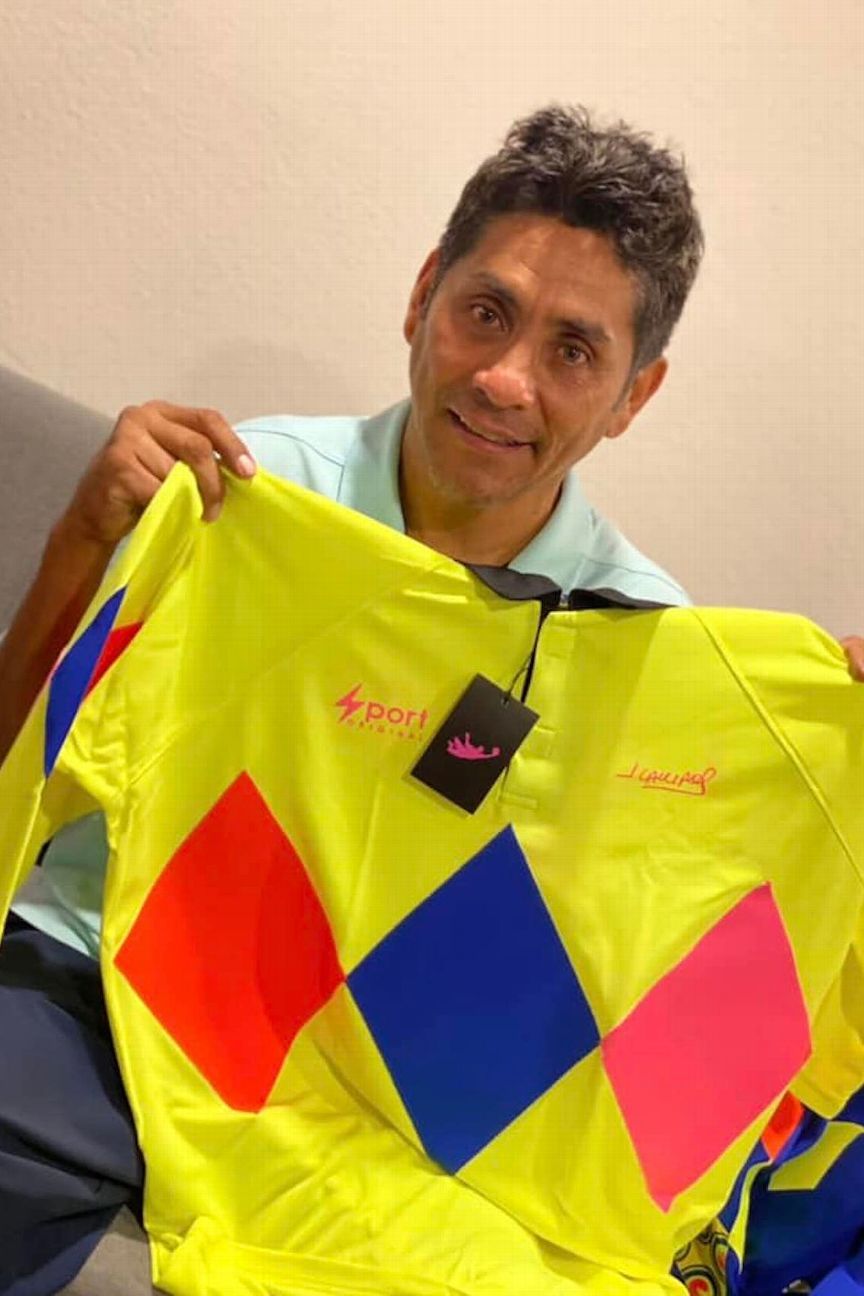
Business closure and resurgence
After reaching its peak with established markets in the U.S., Japan, France and the Netherlands, Aca Sport’s decline began in 1997, with larger team sponsors restricting the use of smaller brands for goalkeeper kits. Sales fell drastically, and Aca Sport ceased to exist.
“We reached the top. We achieved everything we could achieve and then we started to go downhill,” Ríos said. “The big companies came in and started to take our goalkeepers away from us, telling them they can’t use any other brands. Our sales declined, and there came a point when the business as such no longer met my expectations.”
What was left behind for Ríos after “bitterly” closing the workshop doors was machinery, fabric and patterns.
“That’s how it stayed. One day I closed it and I never opened it again. We weren’t where I wanted to be, I couldn’t afford it and we couldn’t do it anymore,” he said.
The COVID-19 pandemic brought Ríos and his five children back under the shelter of the Hotel Miami in 2020 with a new opportunity. The business resumed operations because of the growing demand for facemasks and later capitalized on the boom in demand for retro sportswear as Raute Sport — “Raute” in German is “rhombus,” a nod to Campos’ diamond-shaped designs.
“We signed a collaboration agreement with Jorge Campos in 2020, when the brand was launched,” said Christoper Ríos, Daniel’s son. “We made commemorative editions with his signature, just like in the ’90s; we just changed the fabric, but the diamonds are sewn on and we kept all the details.
“We also found a rather interesting market for children and Mexicans living abroad who are looking for something that identifies them in a foreign country. We are also introducing more modern products but are keeping the neon colors, which represent us.”
Campos is no longer the young goalkeeper who dazzled with his saves and his kits, but the 58-year-old still proudly wears his colorful jerseys at every sporting event he is invited to attend. He knows that his creations have gone down in soccer lore.
Editors note: This is a translated version of an article published by ESPN Mexico on March 20, 2025

